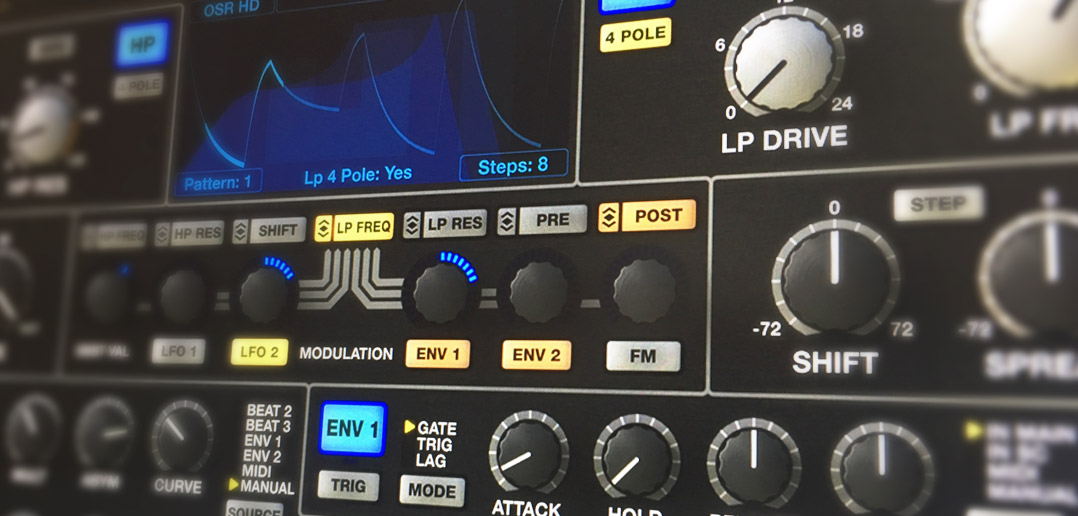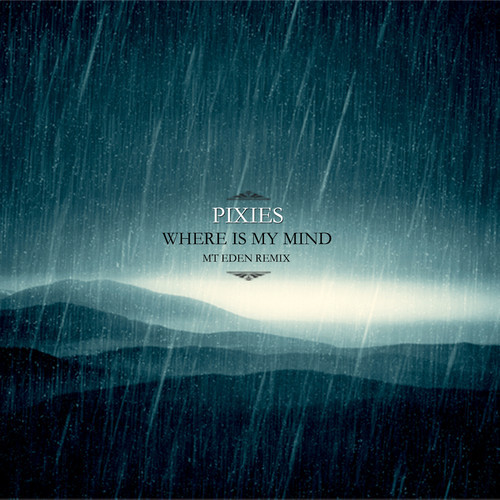Working with virtual studio technology (VST) plugins is tremendously convenient, but a lot of the best VST plugins out there are very expensive. If you're looking to expand your library of VST instrument (VSTi) plugins, or tweak your mixes with some great effects or MIDI effects VST plugins, you can do it for free. BasiQ is an acronym for Baxandall simulation equalizer. It is a 3-band equalizer plugin with photorealistic graphics from Kuassa, Inc. As the name implies, the engine are modeled after a design of classic baxandall equalizer well known for its smooth shelves and natural-sounding responses, similar to the tone control on a hi-fi systems. Vital (Basic) is a free complex spectral warping wavetable synth plugin developed by Matt Tytel, and maybe one of the best releases of this year. Vital is available for Windows and macOS in VST, VST3, AU, and LV2 plugin formats. With VITAL you can turn your own samples into wavetables by using Vital’s pitch-splice or vocode wavetable converter.
There are infinite possibilities and avenues to explore when it comes to sound design for Dubstep. It is important to acknowledge this when you’re making your sounds because without some established idea or limitation, you can get lost in synthesis, forgetting that the actual product is the song as a whole. Here I will walk through the steps I took to create some darker sounding synth patches and briefly explain how I contextualized them. They work best over slower, more sinister, gestural types of experimental electronic music like the example below.
https://soundbridge.io/wp-content/uploads/2015/11/darkstep-full1.mp3THE SUB WARP
Patch – This patch was designed in Massive but can be recreated in just about any VST synthesizer with macro controls. It consists of two oscillators, a low-pass filter, and an ASDR envelope.
https://soundbridge.io/wp-content/uploads/2015/11/sub-warp1.mp31) Open a new sound in Massive.
2) Enable two oscillators. For the first one, pick an additive waveform, something complex but not dissonant. For the second one, pick a clean sine wave. In addition, I chose to use the Additivmix1 waveform and the Sin-Square waveform (set to sine position).
3) Turn the amplitude of both oscillators all the way up.
4) On the additive waveform, set the wavetable position (called Wt-Position in Massive) to about 9 o’clock and the intensity parameter to about 3 o’clock. However, we will be controlling these with the envelope later. Transpose the pitch of the oscillator down -11.98 semitones and send all of it to Filter 1 by bringing the filter balance fader all the way up.
5) On the sine waveform, bring the intensity parameter all the way up and detune it by transposing the pitch up 0.02 semitones. Detuning one or more oscillators in a mix of oscillators causes “beating” – periodic interactions between two waveforms that are slightly different frequencies or slightly more or less than an octave apart. Send all of oscillator 2 to Filter 1 by bringing the filter balance fader all the way up.

6) Turn on Filter 1. Make it a low-pass filter.

7) Turn both the cutoff and the resonance to about 9 o’clock.
8) The amplitude envelope (4 ENV), should look something like this…
9) Drag the cross-hairs icon from 4 ENV to the source boxes below both the Wt-Position and the Intensity of oscillator 1 (the additive wave). Click and drag the source boxes to determine the range that the envelope will control. This range is up to you. My ranges look like this…
10) Use Macro 1 to control both the cutoff and resonance of Filter 1. Be careful when deciding the ranges of control. Too much resonance can ruin a good sound. My macro control ranges look like this…
EFFECTS
1) Enable Insert 1 and make it a Parabolic Shaper (P Shaper). Then, adjust the dry/wet and the drive to your liking.
2) Add a Dimension Expander in the FX1 module. This effect tends to sound better on low frequency sounds when it is more dry. Keep the size at about halfway.
3) Create a return track with a delay on it. Put a high-pass filter before the delay and send the track to it. Sync the delay to quarter notes.
AUTOMATION
Free Vst Downloads
1) Use the “read” function on the rack module in Lumit to create a track lane for Macro 1, which is controlling the cutoff and resonance.
2) Draw in some changes in the automation lane. Smoother changes tend to sound better on this type of sound.
THE DEEP WOBBLE
Patch – This patch was designed in FM8, but any VST synth that allows frequency modulation at an auditory rate will do. It consists of one carrier, two modulators, and an LFO. For information on how FM works, visit FM Synthesis.
https://soundbridge.io/wp-content/uploads/2015/11/deep-wobble.mp31) In the operator tab, enable three sine wave operators. Make one of them a carrier and the other two modulators, in a “chain” setup. Here are the amounts I am using…
2) Bring the ratio on the first modulator (E) up to 1.477 and the ratio on the second modulator (D) up to 4.45. Exact numbers are important in FM synthesis.
3) Link all three envelopes in the envelope tab. It should look like this…
4) In the modulation tab, modulate the level of operator E with one of the LFOs at full amount in a triangle shape. Sync its rate to 16th notes.
5) Add a second voice in the master tab. Detune and pan the voices a little.
Effects – The only effect I used on this was a little Psych-Delay from the FM8 effects rack on a very dry setting.
Automation – Use the “read” function on the rack module in Lumit to create a track lane for both D-E amount and D-F amount. Assign them to different axis on the XY plane and move the coordinate around while recording automation. Do a few takes and keep the one you like best.
THE DIRECTOR
Patch – This patch was designed in Massive. You could make it in other VST synths, but Massive is ideal for this sort of sound because of its modulation oscillator and formant waveforms.
https://soundbridge.io/wp-content/uploads/2017/01/digital-aliens1.mp3
1) Turn on the first two oscillators. Also, make the first a sin-square formant waveform and the second a square-saw spectral waveform.
Best Dubstep Making Free Vst Plugins
2) Transpose both oscillators down 2 octaves, then detune them by about .07 semitones.
3) Bring the intensity and amplitude down a little on the second oscillator.
4) Send all of both oscillators to Filter 1. Make it a comb filter. Adjust the settings so that the pitch of the filter’s effect is in tune with your song. Bring the feedback up a little. Experiment with the damping parameter too.
5) The amplitude envelope (4 ENV) should look like this.
6) Turn on the modulation oscillator. Then, enable ring modulation on oscillator 1 and bring the RM amount to full. Consequently, Set the pitch to about 20.
7) Use an available envelope to sweep up the pitch of the modulation oscillator by about 2 octaves (-24 semitones). That envelope should look like this.
8) Use an LFO on a sawtooth waveform to control the entire amplitudes of both oscillators at a rate synced to 16th notes. Additionally, adjust the amplitude of the LFO to your liking. Too much may cause pops and clicks.
Effects – The only effect I used on this sound was the Dimension Expander in Massive. Furthermore, I turned the dry/wet and the size to about 10 o’clock.
Automation – Use the “read” function on the rack module in Lumit to create a track lane for the pitch of the modulation oscillator and draw in some changes. It is important to remember the position it was in before you automated it because this is the tuned pitch. You need to know where “0” is still.